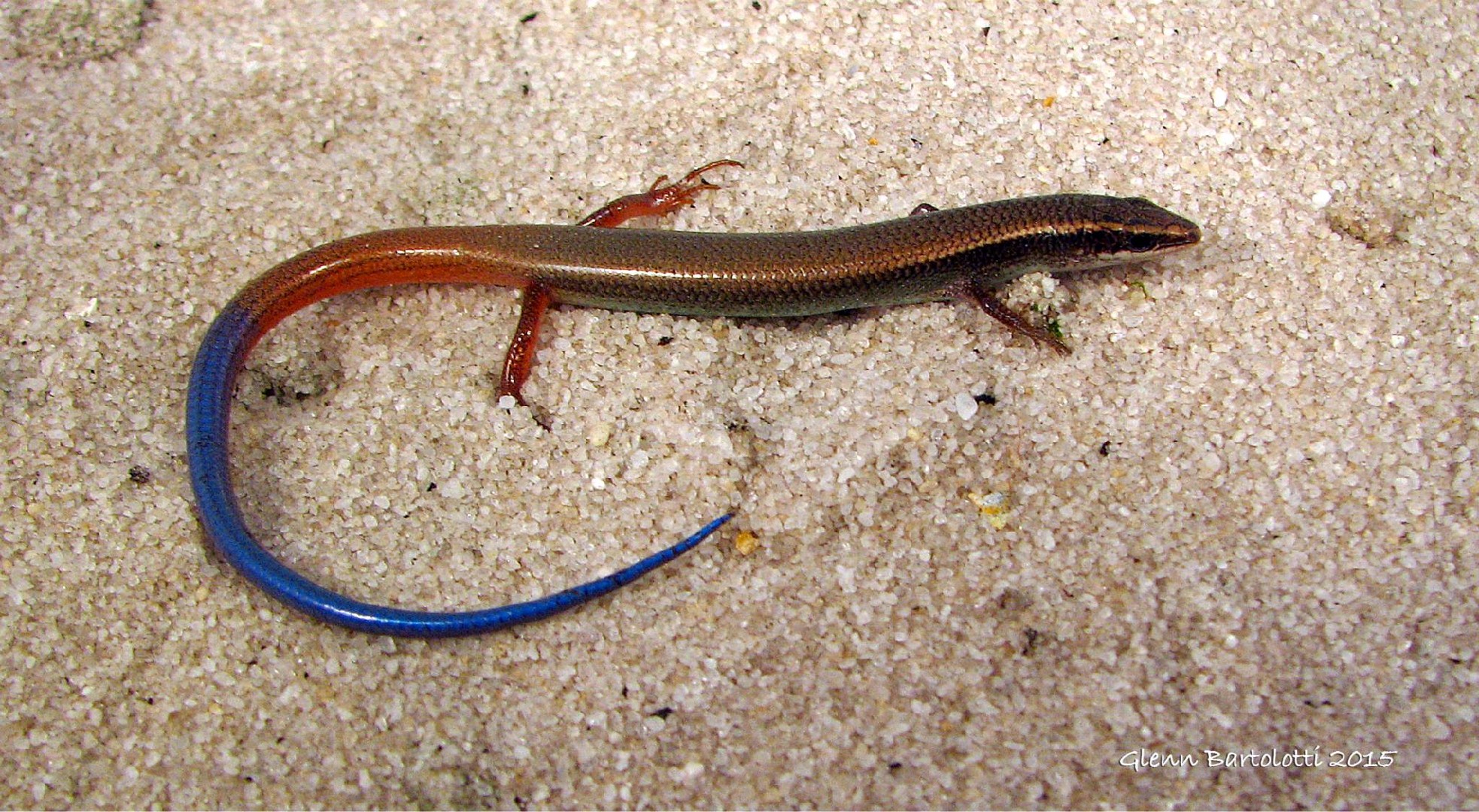Cedar key mole skink
A species of Skinks, Also known as Northern mole skink, Mole skink Scientific name : Plestiodon egregius Genus : Skinks
Cedar key mole skink, A species of Skinks
Also known as:
Northern mole skink, Mole skink
Scientific name: Plestiodon egregius
Genus: Skinks
Content
Description General Info
 Photo By Glenn Bartolotti , used under CC-BY-SA-4.0 /Cropped and compressed from original
Photo By Glenn Bartolotti , used under CC-BY-SA-4.0 /Cropped and compressed from original Description
Plestiodon egregius, the mole skink, is a species of small lizard endemic to the Southeastern United States.
General Info
Lifespan
5-10 years
Diet
Cedar key mole skink has an omnivorous diet, predominantly eating insects, specifically beetle larvae and termites. However, this reptile doesn't reject fruits and berries, adapting its diet to available food sources during different seasons.
Appearance
Cedar key mole skink is a medium-sized lizard with a slim, elongated body. Its skin, which is scaly and glossy, is predominantly dark gray with a series of bright white or gold speckles. Juveniles display more vivid colors, having five light stripes that fade with maturity. The species has a long tail, which is bright blue in youngsters but gets duller in adults. It lacks wings or horns.
Behavior
Cedar key mole skink presents a solitary, secretive lifestyle mainly possessing translucency for effective camouflage. Active during day, it exhibits foraging behavior concerning insects and invertebrates. Notably, it displays a characteristic tail autotomy to evade predators and territorial skirmishes. Nesting habits are subterranean in sandy or moist environments for egg incubation.
Population
Decreasing
Scientific Classification
Phylum
Chordates Class
Reptiles Order
Lizards and snakes Family
Skinks Genus
Skinks Species
Cedar key mole skink